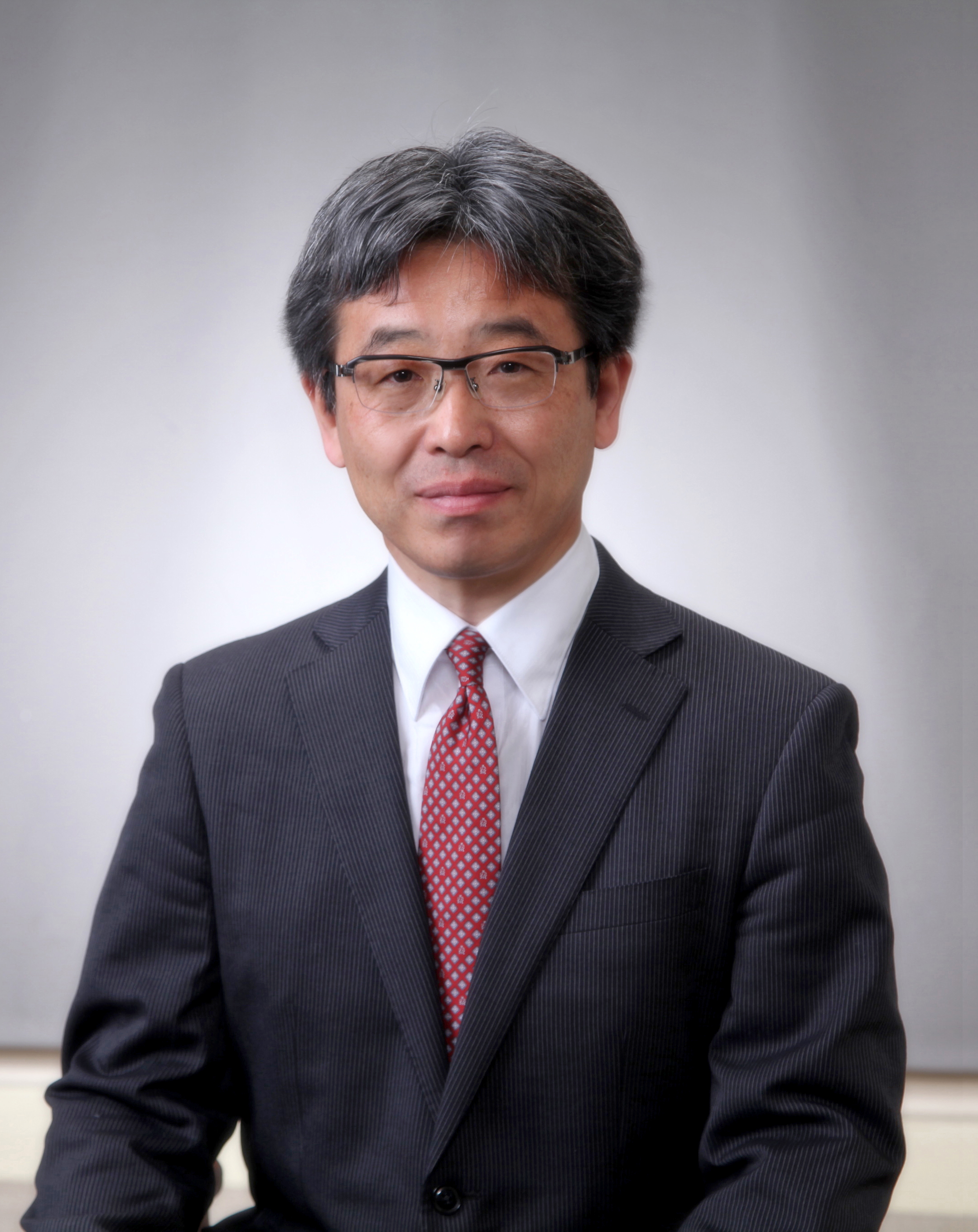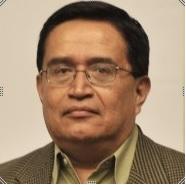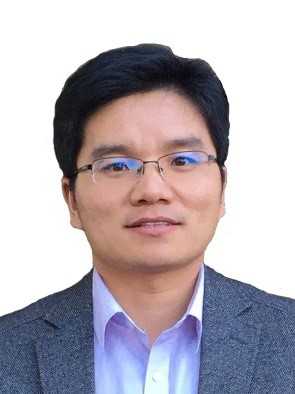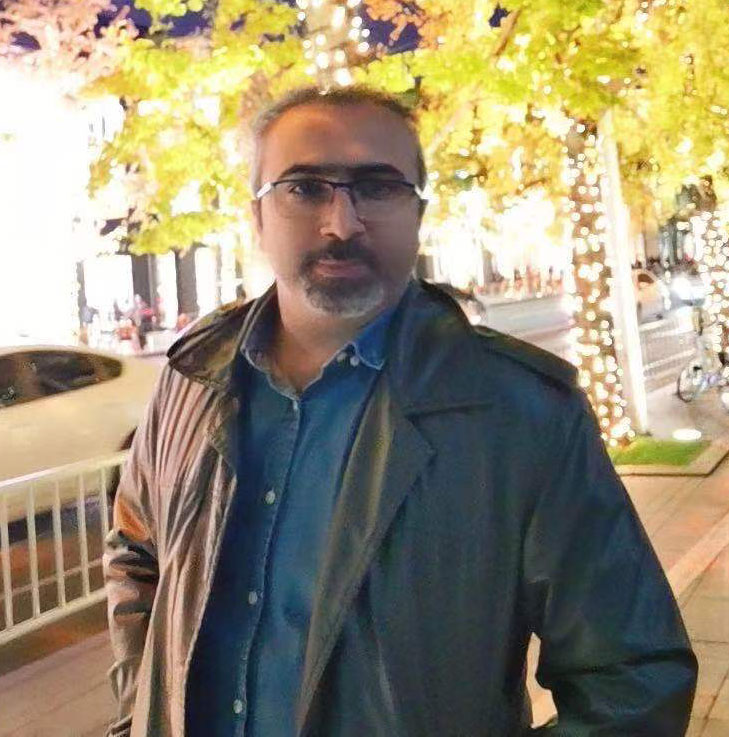Keynote Speakers
Prof. Hisayoshi Hayashi
Professor of Biosphere Resource Science and Technology Program, Faculty of Life and Environmental Sciences, University of Tsukuba, Tsukuba, JapanSpeech Title: Agriculture promotes human wellbeing and supports the preservation of local culture
Abstract: The UN has defined seventeen sustainable development goals (SDGs) to provide a common blueprint for the continuation of human societies and the preservation of the world’s ecosystems. Agriculture relates directly to SDG 2 (Zero Hunger) and is also related to the other SDGs to at least some extent. In addition to its core purpose of food production, agriculture affects many ecosystem services. For example, paddy fields can act as sources of clean water, prevent flooding, mitigate climate change, and help conserve biodiversity and at-risk ecosystems. Agriculture can also contribute to soil conservation, prevention of soil erosion, environmental conservation, and organic waste treatment. In addition, it reflects the local culture and facilitates its inheritance by younger generations as well as providing a space for people to interact with and enjoy the agricultural environment. Despite agriculture’s fundamental importance for human survival, it is often poorly understood in modern societies; agricultural work may be disliked because it is considered physically strenuous. Promoting a better understanding of agriculture is a key educational objective of the Faculty of Agriculture. There is an elite junior and senior high school in central Tokyo, Japan that has maintained and managed paddy fields for over 70 years since its establishment. It was found that completing a course of field work on the process of paddy rice cultivation, from field making to harvesting, increased students’ understanding of the importance of agriculture and helped to pass on the school’s culture and traditions. Experience of agricultural work can also facilitate recovery from damaging conditions. This is exemplified by agricultural return to work program organized by the department of Psychiatry at the University of Tsukuba Hospital; day care center patients participating in this program reported that they found the experience enjoyable and that it strengthened their appreciation of life.
Biography: Dr. Hisayoshi Hayashi graduated from the University of Tsukuba in 1980. After working as an extension officer for a year in Nagano Prefecture he moved to Chushin Agricultural Experiment Station (CAES), where he was a member of the station’s department of field crop cultivation for six years. He then moved to the University of Tsukuba, where he is a professor and head of the Crop Science laboratories, now. He is the president of Japanese Society of Farm Work Research, too. His research focuses on the development and evaluation of sustainable, environmentally friendly production systems for both major crops and regional specialty crops, for example buckwheat (Fagopyrum esculentum Moench). The effects of farm work on the human mind is one of his important research objectives, too.
Prof. Carlos Gomez
Professor, Universidad Nacional Agraria la Molina, PeruSpeech Title: Carbon footprint of milk production in Latin America
Abstract: The study reviews carbon footprint (CF) for milk production in Latin America from cradle to farm gate. The objective is to estimate: 1) the effect of production system (zero-grazing, mixed, and pasture), 2) animal breed (specialized dairy vs. dual-purpose), and 3) climate (tropical vs. temperate) on milk production (kg/cow/day) and CF [kg CO2eq/kg fat and protein corrected milk (FPCM)]. A systematic literature was conducted, in which 11 studies which estimate 32 individual CF were included in the final analysis. Studies included in the final analysis allowed to calculate CF per kg FPCM, included upstream emissions calculations, and used a Tier 2 approach for enteric methane emissions. The range of the CF observed in the region was of 1.54 to 3.57 kg CO2eq/kg FPCM. In this study, production system had a significant effect on milk production, but not on CF. Zero-grazing compared with pasture systems had a 140% greater milk production (20.1 vs. 8.4 kg of milk/cow/day), but CFs were similar, but numerically greater CF (70%) for pasture systems. This indicates that CFs between production systems can vary greatly, and that low CF might also be possible for systems with lower milk production. Breed and climate had a significant effect on milk production and CF. Compared with specialized dairy cattle, dual-purpose breeds produced less milk and milk with a higher CF. Compared with milk produced in temperate climate, milk produced in tropical climate produced less milk and milk with a higher CF. However, it is not clear if this was an effect of breed or climate, because insufficient studies were available to estimate the effect of breed within climate. A moderate correlation (R2 = 0.48) was found between milk production and CF with decreasing CF with increasing milk production in low producing cattle but not in high producing cattle. In conclusion, high variability within production systems seem to indicate that it is possible to have low emissions in all productions systems and that increases in milk production can be a major driver to reduce CF in low production systems in Latin America. Comparisons of CF of milk production in Latina America with values of CF of milk production in other continents are discussed.
Biography: Carlos Gomez is a Professor in Universidad Nacional Agraria la Molina, Peru since 1990. He earned his BSc degree in Animal Science and MSc in Animal Nutrition in the same university and a PhD degree in Animal Biochemistry from U. Guelph (Canada). His main topic of scientific work is livestock nutrition and feeding. Last research topics are feeding strategies for cattle using agro industrial byproducts, the design of mitigation strategies to reduce carbon footprint of fiber, milk and meat from ruminants and the evaluation of adaptation strategies of livestock to the effects of climate change. From these research he has produced more than 30 papers in reputed journals. Besides actively supervising undergraduates and postgraduate students, he also became external examiner to postgraduate theses from local and overseas universities as well as being reviewer of international journals. He has been invited as speaker, session chair, moderator and facilitator in local and international workshops, symposia and conferences. He has also led during the last 15 years various research projects with funding from World Bank, Interamerican Development Bank, ILRI, International Potato Center and National Science Council USA. Acting as member of invited committee he contributed recently to the Refinement to the 2006 IPCC Guidelines for National Greenhouse Gas Inventories (Emissions from livestock and manure management)
Prof. Xuepeng Li
Professor of Food Science and Technology, College of Food Science and Engineering, Bohai University, Jinzhou, ChinaSpeech Title: Study on the gel molecular mechanism of surimi-based products based on the interaction of components
Abstract: Gel properties are one of the important determining factors for the quality and sensory properties of surimi products. Surimi product is a typical multi-phase, multi-component food system. The interaction between the main components such as proteins, polysaccharides and lipids is the basis for the formation of surimi and ultimately determines the quality of the products. However, the interaction mechanism between the multiple components in the surimi mixed system and its effect on the quality of surimi products are still unclear. This constrains the processing technology, theoretical innovation and the healthy development of the industry for surimi products. In this study, the effects of exogenous additives such as proteins, polysaccharides, lipids and polyphenols on the thermally induced gelation properties of surimi are reviewed based on the formation mechanism and influencing factors of surimi gels. The purpose is to analyze the interaction between the components in surimi products and their application in surimi production. In this way, we provide theoretical basis and reference for the development of new surimi products and the regulation of gel quality.
Biography: Dr. Xue-peng Li is currently the Professor and Dean of the College of Food Science and Engineering, Bohai University; Director of the Institute of Storage and Processing of Aquatic Products, Institute of Aquatic Products Research, Institute of Aquatic Products of the Food Science Research Institute, Director of Liaoning Agricultural Product Quality Safety Traceability Professional Technology Innovation Center.
His research focuses on the processing and preservation of seafood, the utilization of seafood by-products, surimi and surimi products. The discovery of seafood proteins and peptides is one of his important research objectives, too. More than 80 high quality papers in related field were published, among which 2 papers were selected as highly cited papers in ESI and 2 papers were selected as leading papers in F5000. He also works as the committee member and reviewers of more than 20 journals like Food Science, Food Industry Technology, Future Food Science, Food Chemistry, Journal of Agricultural and Food Chemistry etc.
Prof. Hassan Karimi-Maleh
School of Resources and Environment, University of Electronics Science and Technology of China (UESTC), China;Department of Chemical Engineering and Energy, Laboratory of Nanotechnology, Quchan University of Technology, Iran;
Department of Applied Chemistry, University of Johannesburg, South Africa;
Speech Title: Electrochemical strategies for food additives sensing
Abstract: Analysis of food compounds is an inevitable issue to evaluate quality of the compounds used in human life. Quality of drinking water and food products is directly associated with human health. Presence of for bidden additives in food products and toxic compounds in water samples with low quality lead to important problems for human health. Therefore, attention to analytical strategy for investigation of quality of food and water compounds and monitoring presence of forbidden compounds in materials used by humans has increased in recent years. Analytical methods help to identify and quantify both permissible and unauthorized compounds present in the materials used in human daily life. Among analytical methods, electrochemical methods have been shown to have more advantages compared to other analytical methods due to their portability and low cost. Most of big companies have applied this type of analytical methods because of their fast and selective analysis. Due to simple operation and high diversity of electroanalytical sensors, these types of sensors are expected to be the future generation of analytical systems. Therefore, many scientists and researchers have focused on designing and fabrication of electroanalytical sensors with good selectivity and high sensitivity for different types of compounds such as food products. In this presentation, we described the mechanism and different examples of DNA, enzymatic and electro-catalytic methods for electroanalytical determination of food compounds.
Biography: Hassan Karimi-Maleh works as professor in the School of Resource and Environment, University of Electronics Science and Technology of China (UESTC). He is a highly cited researcher selected by clarivate analytics 2018 (cross-filed), 2019 (Agriculture field) and 2020 (cross-filed) and Top 1% Scientists in Chemistry and Agriculture simultaneously in ISI Essential Science Indicators. He has published more than 250 research papers with more than 15000 citations and H-index 77 and he works as editorial board of more than 20 international journals such as Ecotoxicology and Environmental Safety (Elsevier, IF 4.527), journal of food measurement and characterization and etc. He also works as adjunct Professor in University of Johannesburg, South Africa and Quchan University of Technology, Quchan, Iran. His research interest includes development of chemically modified electrodes and DNA sensors for food, biological, pharmaceutical and environmental compounds analysis and investigation of electrochemistry behavior of electroactive materials such as polymers, organic and inorganic compounds. Recently, he focused on synthesis of nanomaterials and application of them in drug delivery and energy storage fields.




